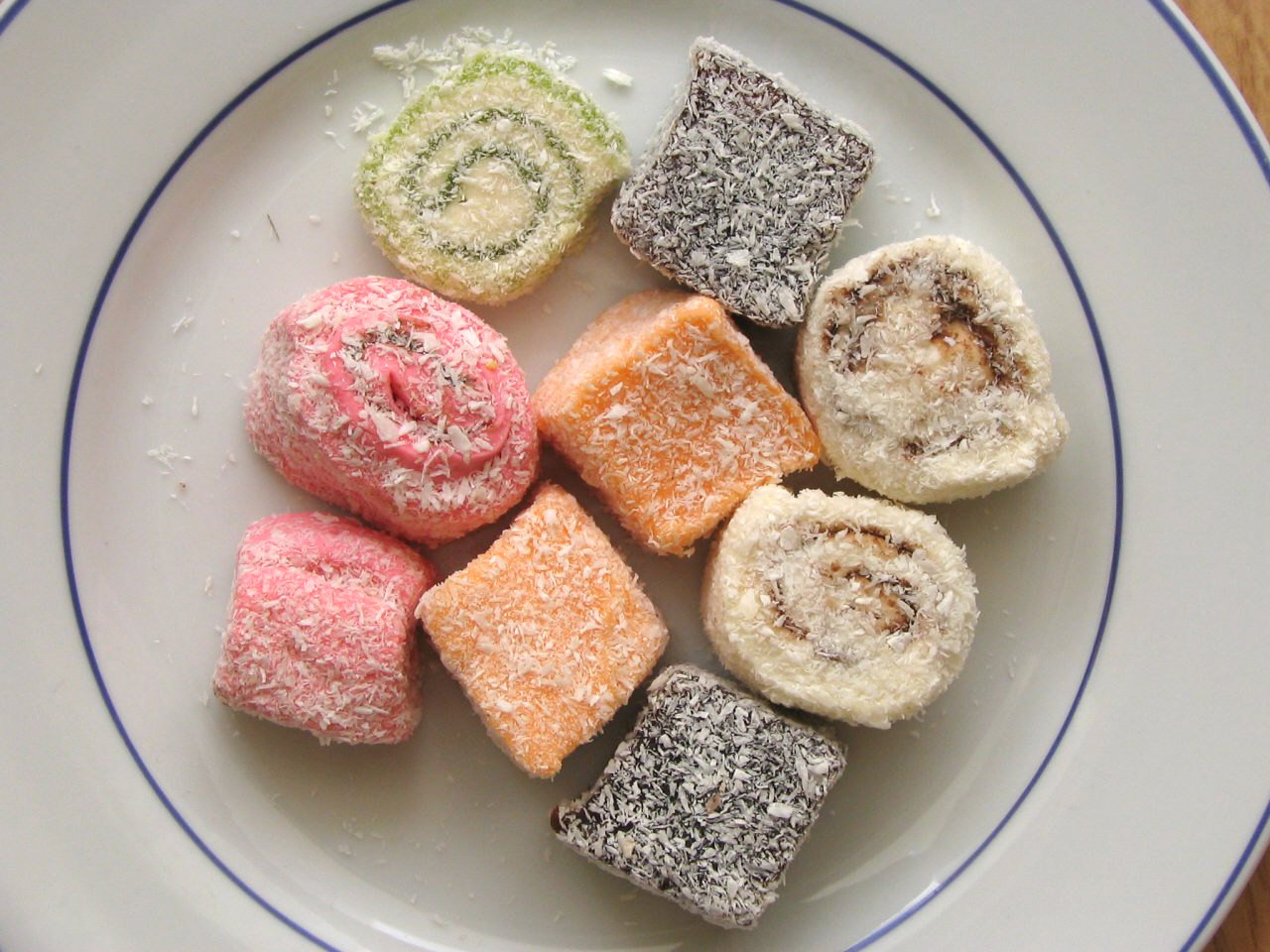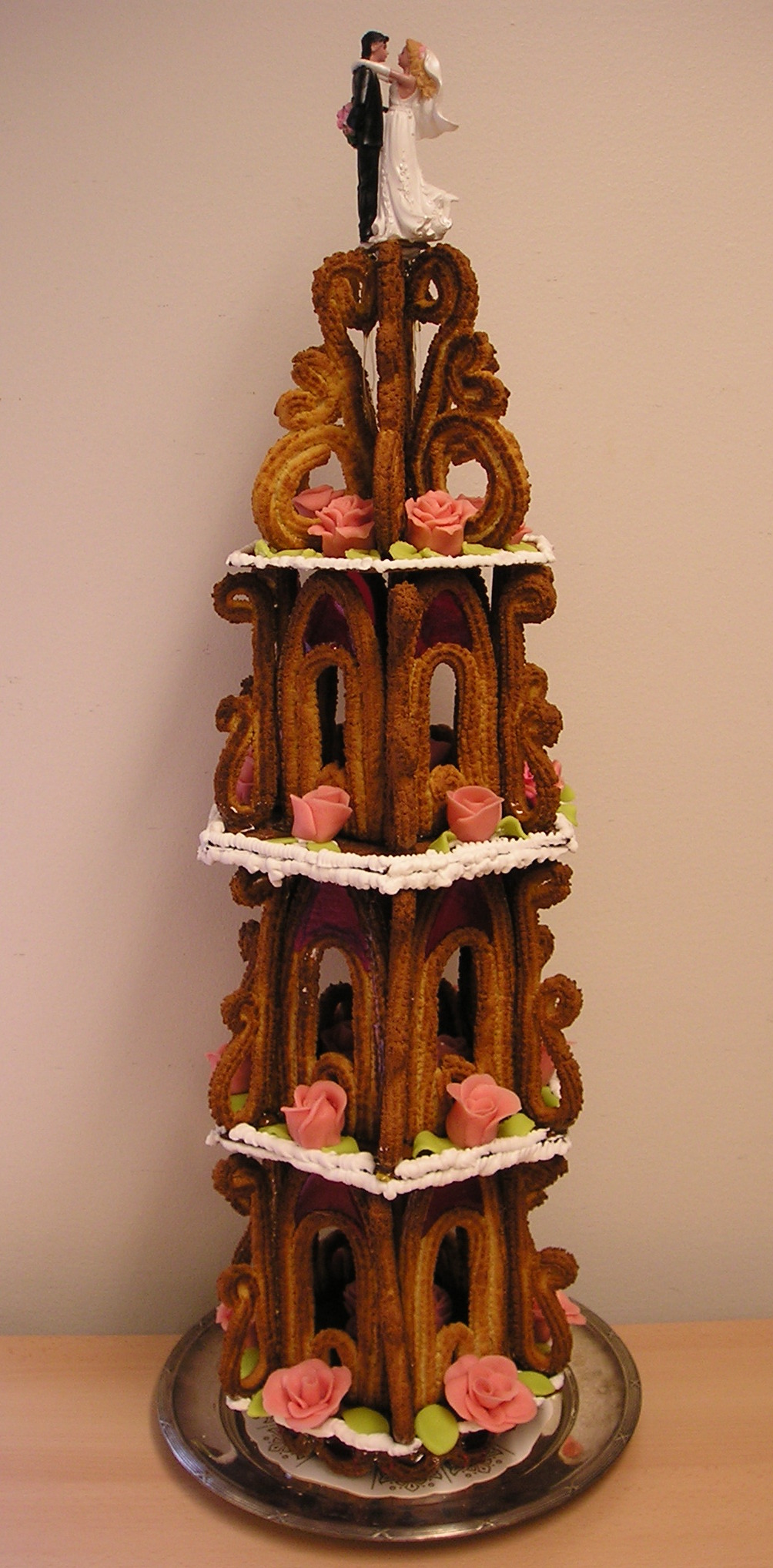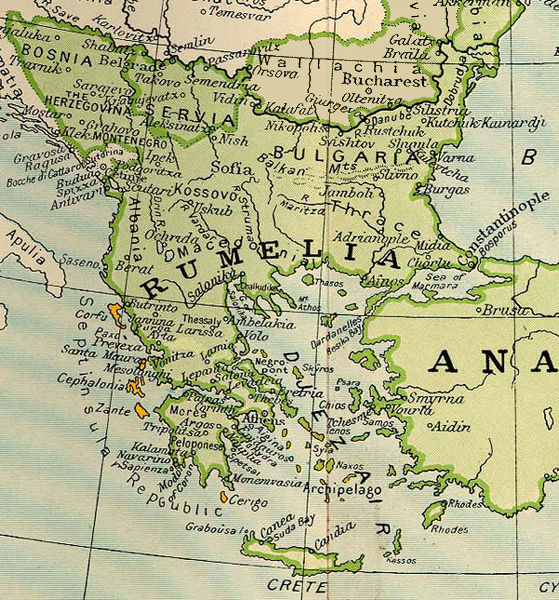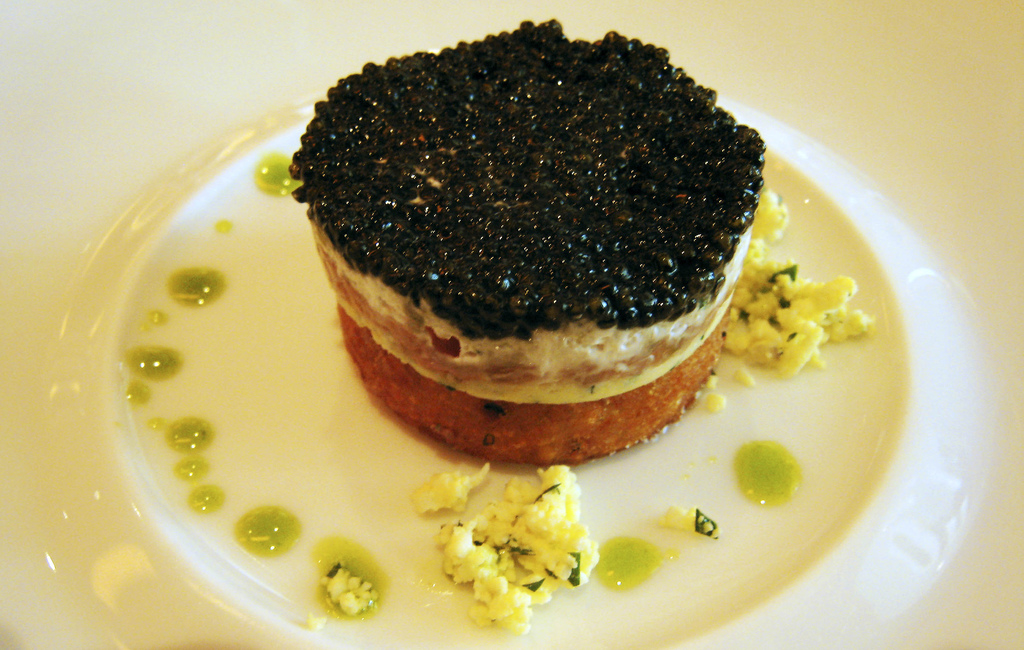|
Akanés
Akanes () is a Greek sweet similar to loukoumi, only that it is flavoured with fresh goatsmilk butter rather than fruit essences. It is made exclusively in the town of Serres in Northern Greece. The name ''akanes'' dates back to the time of Ottoman rule in Greece, when it was called ''hakanes halva'' or royal halva (''hakan'' deriving from the Turkish ''han'' and ''kağan''). The sweet is available especially in the regional unit of Serres and in delicacy A delicacy is a rare food item that is considered highly desirable, sophisticated, or peculiarly distinctive within a given culture or region. A delicacy may have an unusual flavor or be expensive compared to everyday foods. Delicacies va ... shops throughout Greece. References External links Website describing "Akanes Lailia" of Serres Greek cuisine Confectionery Turkish delight Serres {{confectionery-stub ... [...More Info...] [...Related Items...] OR: [Wikipedia] [Google] [Baidu] |
Greek Cuisine
Greek cuisine is the cuisine of Greece and the Greek diaspora. In common with many other Mediterranean cuisine, cuisines of the Mediterranean, it is founded on the triad of wheat, olive oil, and wine. It uses vegetables, olive oil, grains, Fish as food, fish, and meat, including pork, poultry, veal and beef, Lamb and mutton, lamb, rabbit#As food and clothing, rabbit, and goat meat, goat. Other important ingredients include pasta (for example hilopites), cheeses, herbs, lemon juice, olives and olive oil, and yogurt. Bread made of wheat is ubiquitous; other grains, notably barley, are also used, especially for paximathia. Common dessert ingredients include nuts, honey, fruits, sesame, and phyllo, filo pastries. It continues traditions from Ancient Greek cuisine, Ancient Greek and Byzantine cuisine, Byzantine cuisine, while incorporating Asian, Turkish cuisine, Turkish, Balkan cuisine, Balkan, and Italian cuisine, Italian influences. History Greek cuisine ... [...More Info...] [...Related Items...] OR: [Wikipedia] [Google] [Baidu] |
Loukoumi
Turkish delight, or lokum () is a family of confections based on a gel of starch and sugar. Premium varieties consist largely of chopped dates, pistachios, hazelnuts or walnuts bound by the gel; traditional varieties are often flavored with rosewater, mastic gum, bergamot orange, or lemon. Other common flavors include cinnamon and mint. The confection is often packaged and eaten in small cubes dusted with icing sugar, copra, or powdered cream of tartar to prevent clinging. History Turkish claims According to the , Ali Muhiddin Hacı Bekir moved to Constantinople from his hometown Kastamonu and opened his confectionery shop in the district of Bahçekapı in 1777. He produced various kinds of candies and ''lokum'', later including a unique form of ''lokum'' made with starch and sugar. Tim Richardson, a historian of sweets, has questioned the popular attribution of the invention of Turkish delight to Hacı Bekir, writing that "specific names and dates are often err ... [...More Info...] [...Related Items...] OR: [Wikipedia] [Google] [Baidu] |
Serres
Serres ( ) is a city in Macedonia, Greece, capital of the Serres regional unit and second largest city in the region of Central Macedonia, after Thessaloniki. Serres is one of the administrative and economic centers of Northern Greece. The city is situated in a fertile plain at an elevation of about , some northeast of the Strymon river and north-east of Thessaloniki, respectively. Serres' official municipal population was 70,703 in 2021. The city is home to the Department of Physical Education and Sport Science of the Aristotle University of Thessaloniki () and the Serres Campus of the International Hellenic University (former " Technological Educational Institute of Central Macedonia"), composed of the Faculty of Engineering, the Faculty of Economics and Management, and the Department of Interior Architecture and Design. The head of the Faculty of Engineering of the International Hellenic University is located in Serres. Names The Ancient Greek historian Herodotus men ... [...More Info...] [...Related Items...] OR: [Wikipedia] [Google] [Baidu] |
Turkish Delight
Turkish delight, or lokum () is a family of confectionery, confections based on a gel of starch and sugar. Premium varieties consist largely of chopped dates, pistachios, hazelnuts or walnuts bound by the gel; traditional varieties are often flavored with rosewater, Mastic (plant resin), mastic gum, bergamot orange, or lemon. Other common flavors include cinnamon and Mentha, mint. The confection is often packaged and eaten in small cubes dusted with icing sugar, copra, or powdered cream of tartar to prevent clinging. History Turkish claims According to the , Ali Muhiddin Hacı Bekir moved to Constantinople from his hometown Kastamonu and opened his confectionery shop in the district of Bahçekapı in 1777. He produced various kinds of candies and ''lokum'', later including a unique form of ''lokum'' made with starch and sugar. Tim Richardson, a historian of sweets, has questioned the popular attribution of the invention of Turkish delight to Hacı Bekir, writing that ... [...More Info...] [...Related Items...] OR: [Wikipedia] [Google] [Baidu] |
Confectionery
Confectionery is the Art (skill), art of making confections, or sweet foods. Confections are items that are rich in sugar and carbohydrates, although exact definitions are difficult. In general, however, confections are divided into two broad and somewhat overlapping categories: baker's confections and sugar confections. Baker's confectionery, also called flour confections, includes principally sweet pastries, cakes, and similar Baking, baked goods. Baker's confectionery excludes everyday Bread, breads, and thus is a subset of products produced by a baker. Sugar confectionery includes candies (also called ''sweets'', short for ''sweetmeats'', in many English-speaking countries), candied nuts, chocolates, chewing gum, bubble gum, pastillage, and other confections that are made primarily of sugar. In some cases, chocolate confections (confections made of chocolate) are treated as a separate category, as are sugar-free versions of sugar confections. The words ''candy'' (Canada ... [...More Info...] [...Related Items...] OR: [Wikipedia] [Google] [Baidu] |
Starch
Starch or amylum is a polymeric carbohydrate consisting of numerous glucose units joined by glycosidic bonds. This polysaccharide is produced by most green plants for energy storage. Worldwide, it is the most common carbohydrate in human diets, and is contained in large amounts in staple foods such as wheat, potatoes, maize (corn), rice, and cassava (manioc). Pure starch is a white, tasteless and odorless powder that is insoluble in cold water or Alcohol (chemistry), alcohol. It consists of two types of molecules: the linear and helix, helical amylose and the branched amylopectin. Depending on the plant, starch generally contains 20 to 25% amylose and 75 to 80% amylopectin by weight. Glycogen, the energy reserve of animals, is a more highly branched version of amylopectin. In industry, starch is often converted into sugars, for example by malting. These sugars may be fermentation, fermented to produce ethanol in the manufacture of beer, whisky and biofuel. In addition, sugars ... [...More Info...] [...Related Items...] OR: [Wikipedia] [Google] [Baidu] |
Sugar
Sugar is the generic name for sweet-tasting, soluble carbohydrates, many of which are used in food. Simple sugars, also called monosaccharides, include glucose Glucose is a sugar with the Chemical formula#Molecular formula, molecular formula , which is often abbreviated as Glc. It is overall the most abundant monosaccharide, a subcategory of carbohydrates. It is mainly made by plants and most algae d ..., fructose, and galactose. Compound sugars, also called disaccharides or double sugars, are molecules made of two bonded monosaccharides; common examples are sucrose (glucose + fructose), lactose (glucose + galactose), and maltose (two molecules of glucose). White sugar is almost pure sucrose. In the body, compound sugars are hydrolysed into simple sugars. Longer chains of monosaccharides (>2) are not regarded as sugars and are called oligosaccharides or polysaccharides. Starch is a glucose polymer found in plants, the most abundant source of energy in human foo ... [...More Info...] [...Related Items...] OR: [Wikipedia] [Google] [Baidu] |
Butter
Butter is a dairy product made from the fat and protein components of Churning (butter), churned cream. It is a semi-solid emulsion at room temperature, consisting of approximately 81% butterfat. It is used at room temperature as a spread (food), spread, melted as a condiment, and used as a Cooking fat, fat in baking, sauce-making, pan frying, and other cooking procedures. Most frequently made from cow's milk, butter can also be manufactured from the milk of other mammals, including Sheep milk, sheep, Goat milk, goats, Buffalo milk, buffalo, and Yak milk, yaks. It is made by churning milk or cream to separate the fat globules from the buttermilk. Dairy salt, Salt has been added to butter since antiquity to help Food preservation, preserve it, particularly when being transported; salt may still play a preservation role but is less important today as the entire supply chain is usually refrigerated. In modern times, salt may be added for taste and food coloring added for color. Kit ... [...More Info...] [...Related Items...] OR: [Wikipedia] [Google] [Baidu] |
Confectionery
Confectionery is the Art (skill), art of making confections, or sweet foods. Confections are items that are rich in sugar and carbohydrates, although exact definitions are difficult. In general, however, confections are divided into two broad and somewhat overlapping categories: baker's confections and sugar confections. Baker's confectionery, also called flour confections, includes principally sweet pastries, cakes, and similar Baking, baked goods. Baker's confectionery excludes everyday Bread, breads, and thus is a subset of products produced by a baker. Sugar confectionery includes candies (also called ''sweets'', short for ''sweetmeats'', in many English-speaking countries), candied nuts, chocolates, chewing gum, bubble gum, pastillage, and other confections that are made primarily of sugar. In some cases, chocolate confections (confections made of chocolate) are treated as a separate category, as are sugar-free versions of sugar confections. The words ''candy'' (Canada ... [...More Info...] [...Related Items...] OR: [Wikipedia] [Google] [Baidu] |
Northern Greece
Northern Greece () is used to refer to the northern parts of Greece, and can have various definitions. Administrative term The term "Northern Greece" is widely used to refer mainly to the two northern regions of Macedonia and (Western) Thrace; thus the Thessaloniki-based Ministry of Macedonia and Thrace was known as "Ministry for Northern Greece" (Υπουργείο Βορείου Ελλάδος), and previously as the Governorate-General of Northern Greece (Γενική Διοίκηση Βορείου Ελλάδος), until 1988. Broader term and NUTS usage The term ''Lower Greece'' was mentioned in 16th century western correspondence when the region was under Ottoman rule, it included Northern Epirus and Western Macedonia. The term Northern Greece may also, according to context, incorporate the region of Epirus. When Epirus is included, it is broadly coterminous with the "New Lands" (Νέες Χώρες), i.e. the territories added to the Kingdom of Greece after the ... [...More Info...] [...Related Items...] OR: [Wikipedia] [Google] [Baidu] |
Ottoman Greece
The vast majority of the territory of present-day Greece was at some point incorporated within the Ottoman Empire. The period of Ottoman rule in Greece, lasting from the mid-15th century until the successful Greek War of Independence broke out in 1821 and the First Hellenic Republic was proclaimed in 1822, is known in Greece as Turkocracy (). Some regions, like the Ionian islands and various temporary Republic of Venice, Venetian possessions of the Stato da Mar, were not incorporated in the Ottoman Empire. The Mani Peninsula in the Peloponnese was not fully integrated into the Ottoman Empire, but was under Ottoman suzerainty. The Eastern Roman Empire, which ruled most of the Greek-speaking world for over 1100 years, had been fatally weakened since the Fourth Crusade of 1204. Having defeated the Serbs, the Ottomans fall of Constantinople, captured Constantinople in 1453 and soon advanced southwards capturing Athens in 1456 and the Peloponnese in 1460. By the early 16th century, a ... [...More Info...] [...Related Items...] OR: [Wikipedia] [Google] [Baidu] |
Delicacy
A delicacy is a rare food item that is considered highly desirable, sophisticated, or peculiarly distinctive within a given culture or region. A delicacy may have an unusual flavor or be expensive compared to everyday foods. Delicacies vary across countries, customs, and ages. Some delicacies are confined to a certain culture, such as fugu in Japan and ant larvae ( escamoles) in Mexico, or may refer to specific local products, such as porcino, venison or anchovy. Culture plays a role in determining what is considered a delicacy. The long-standing tradition and practice of insect consumption represented in Oaxaca, Mexico has occurred for centuries. The availability of foods or particular ingredients may determine the types of delicacies associated with different cultures. See also * Acquired taste * Chinmi – Includes a list of Japanese delicacies * Delicatessen A delicatessen or deli is a grocery that sells a selection of fine, exotic, or foreign prepa ... [...More Info...] [...Related Items...] OR: [Wikipedia] [Google] [Baidu] |








